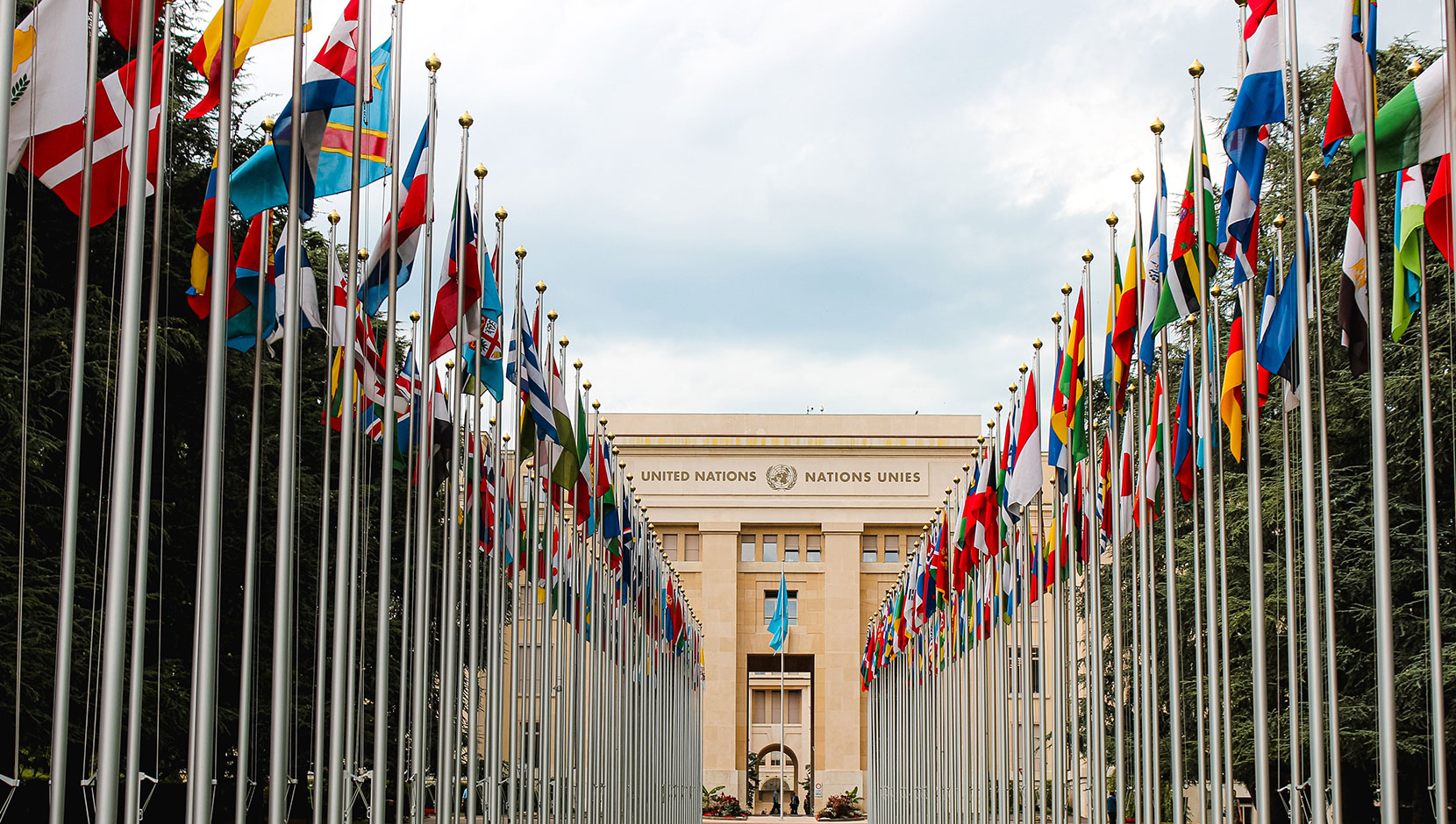Disability-Inclusive Communications Guidelines

These guidelines provide practical information for organizations of all kinds on how to include and represent persons with disabilities in communications, and how to make communications inclusive of and accessible to persons with disabilities.
Table of Contents:
- Who are persons with disabilities
- Getting started: what you need to know
- Address stereotypes
- Models of disability: charity, medical and social
- Ableism
- Developing Inclusive Content
- Affirmative and solution-oriented storytelling
- Social context and roles
- Intersectionality
- Accurate Portrayal
- Choosing the right medium
- Disability disclosure and consent
- Visual storytelling
- Written storytelling
- Disabiliity etiquette
- Creating Accessible Content
- Making images accessible
- Accessible writing
- Closed captions, transcripts, and sign language interpretation
- Audio descriptions and sounds
- Enterprise-wide and office technology
- PDFs and electronic publications
- Websites and social media
- Digital/virtual meetings
- Physical/in-person meetings
- Online surveys and data collection
- Checklist, Tools, and Tips
- Resources
This accessible document originally appeared on UN.org, along with a plain language/Easy Read version.